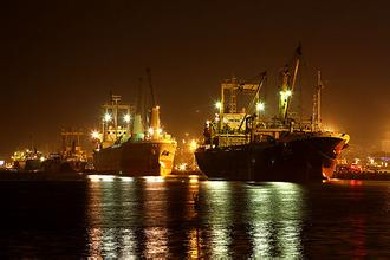With Maersk, MSC and CMA CGM now in damage limitation mode following their failure to get P3 agreed in China, what else can they do to cut costs?
Following China's rejection of P3 last month, Maersk, MSC and CMA CGM are under pressure to find alternative ways to cut costs. In Drewry's view, one of these must be by reducing fuel consumption through increased slow steaming, as bunker costs account for well over half of all vessel running costs. It is not the only way, as clarified in 'Life without P3'.
Cash strapped competitors could easily follow suit on slow steaming as the carrier industry is still struggling with over-capacity, and shareholders are clamouring for remedial action. Without change, there will continue to be too many vessels chasing insufficient cargo, thereby putting yet more pressure on freight rates and profitability.
One of P3's biggest savings was intended to come from carrying more-or-less the same amount of cargo between Asia and Northern Europe with only eight sailings a week instead of nine. And to the Mediterranean, five loops were planned instead of six. The implication is that 11 of the carriers' small 9,000 teu vessels would have been cascaded out of the former, and another 11 vessels of around 8,000 teu out of the latter.
It will be a hard act to follow, as many of the displaced vessels could have been transferred to other trade routes where further economies of scale are possible, such as the Transpacific. Quantifying the amount saved through the entire P3 project is difficult, therefore, but the benefits of further slow steaming between Asia and Europe could make up a significant proportion of the sum involved.
By lengthening the round voyage time of each existing weekly service between Asia and Europe by seven days through the addition of one vessel, Maersk, MSC and CMA CGM could effectively 'lose'15 surplus vessels whilst awaiting the cargo growth for which they were ordered to belatedly appear. Table 1 shows the vessels over 9,000 teu that they had on order in May for delivery up to the end of 2015, from which it can be seen that a good few candidates are approaching completion.








